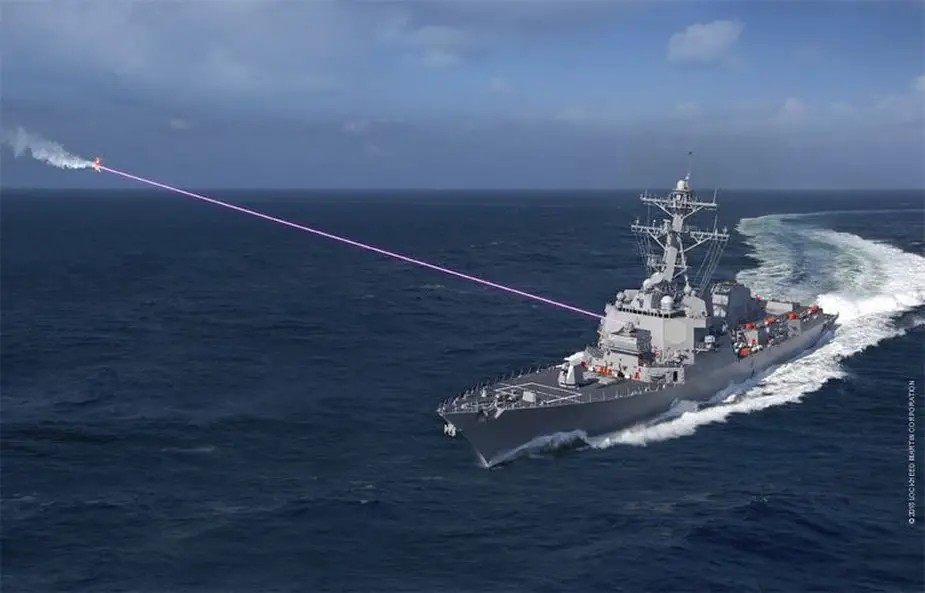Breaking news
US Navy to arm its destroyers with HELIOS Laser Weapons by 2021.
Recently, the U.S. Navy has shown an increased interest for the development of Laser Weapon Systems and now intends to mount such systems aboard guided-missile destroyers. The U.S. Navy has indeed awarded Lockheed Martin a $US 150 million contract in January for the procurement of two High Energy Laser with Integrated Optical-dazzler and Surveillance (HELIOS) systems.
 An artist rendering of the HELIOS system (Picture Source : Lockheed Martin)
An artist rendering of the HELIOS system (Picture Source : Lockheed Martin)
The U.S. Navy plans to mount laser weapons aboard warships by 2021. Such High Energy Laser with Integrated Optical-dazzler and Surveillance (HELIOS) systems are defensive weapons designed to either burn small boats or shoot down unmanned aerial drones. The HELIOS system ordered by the U.S. Navy is scheduled to be mounted aboard guided missile destroyers of the Pacific Fleet within two years.
Recently, the U.S. Navy has shown an increased interest for the development of Laser Weapon Systems and now intends to mount such systems aboard guided missile destroyers. The Navy has indeed awarded Lockheed Martin a $US 150 million contract in January for the procurement of two High Energy Laser with Integrated Optical-dazzler and Surveillance (HELIOS) systems. As for the other one, it is expected to be installed on a Arleigh Burke-class guided missile destroyer.
HELIOS is a 60-kilowatt laser system, meaning it has twice the power of the AN/SEQ-3 Laser Weapon System, or LaWS installed on the USS Ponce in 2014. HELIOS is billed as a weapon that can burn small speed boats of the type Iran deploys in armed swarms, and can torch unmanned aerial vehicles out of the sky. HELIOS has a long-range intelligence, surveillance, and reconnaissance capability.
Many weapons already deployed on U.S. Navy warships, including the Phalanx close-in weapon system (CIWS) and the Rolling Airframe Missile (RAM), have a similar capability against small boats and drones as HELIOS, while HELIOS is also capable of taking on larger, faster aircraft and missiles. Where a laser weapon like HELIOS shines, literally, is its ability to fire a theoretically unlimited number of shots using the destroyer’s onboard electrical generation systems. Phalanx, on the other hand, is limited to 20 to 30 seconds of continuous firing, while RAM is limited to 21 missiles aboard the Mk. 49 Guided Missile Launching System.


























